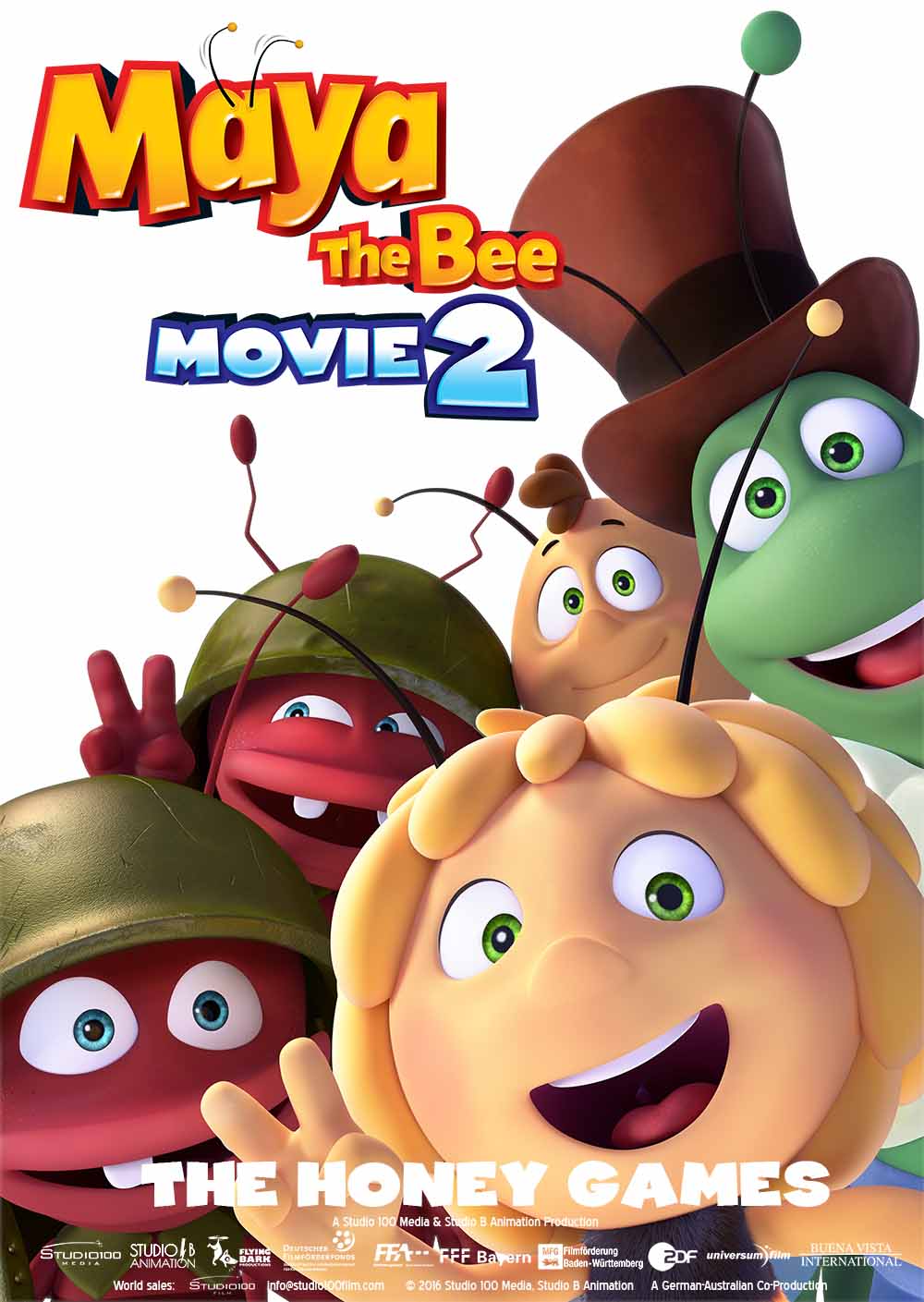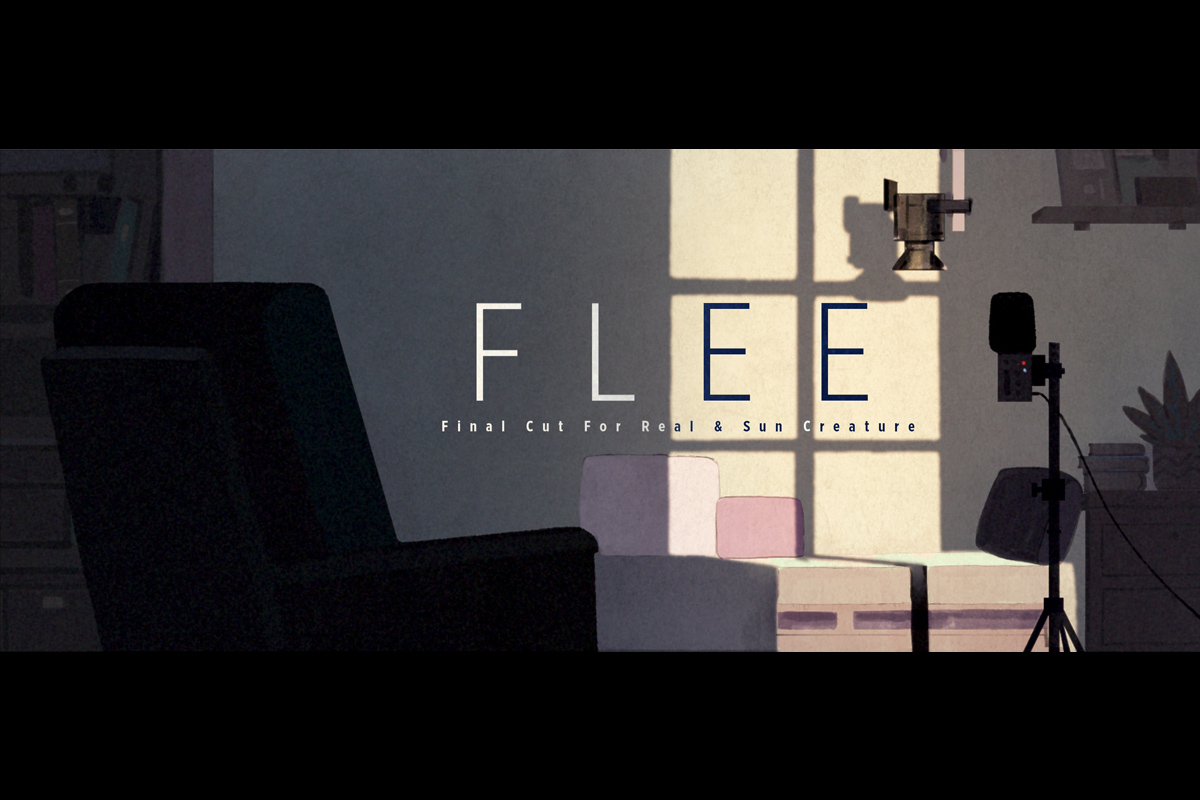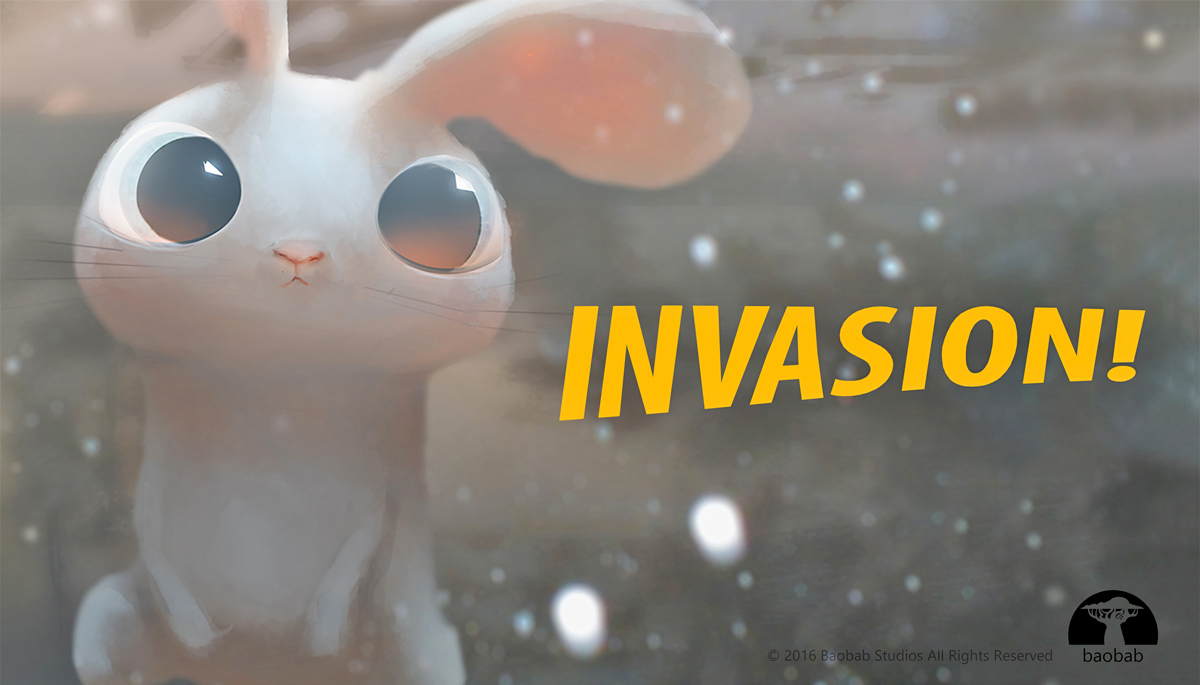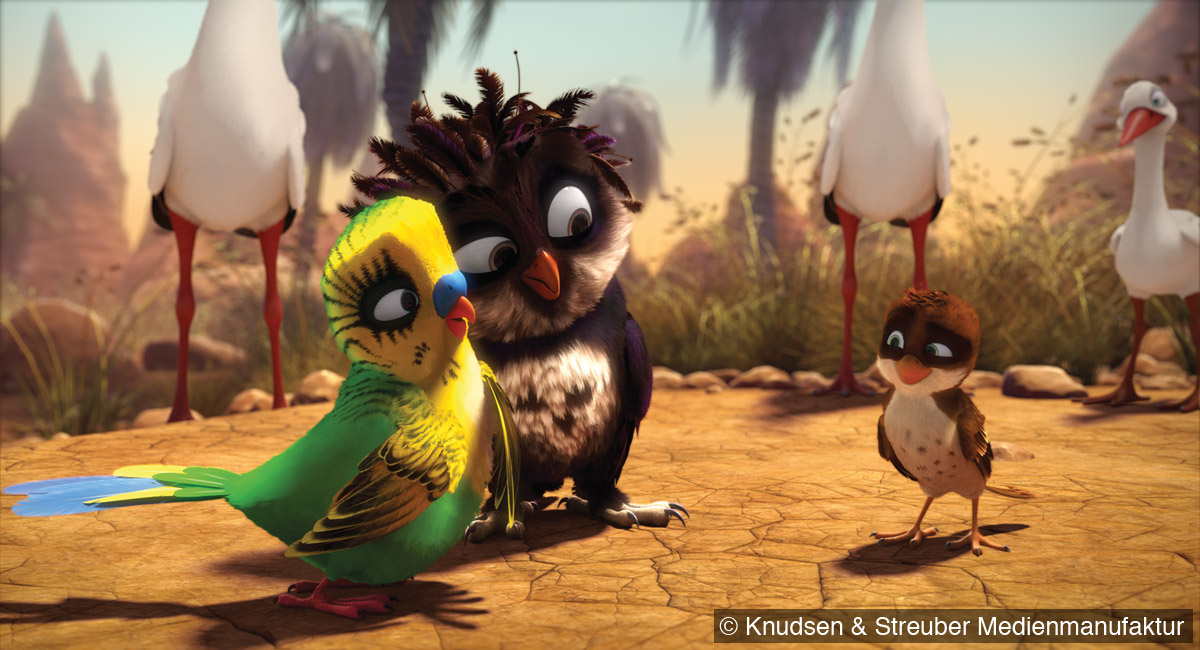Maya the Bee 2
(Status: in production)
[row][column size='1/4']
[/column]
[column size='3/4']
Following the success of Maya the Bee (2014), directed by Alexs Stadermann, the sequel project has been greenlit. The original film was based on the famous German classic children’s book The Adventures of Maya The Bee (1912), written by Waldemar Bonsels. We interviewed Noel Cleary, the director from an Australian animation studio Flying Bark Productions, for Maya The Bee 2 – The Honey Games (in production) at Annecy 2016.
[/column]
[/row] [row]
[column size='2/3']
Maya the Bee 2 – The Honey Games
Directors: Noel Cleary, Alexs Stadermann, Sergio Delfino (Animation)
Writer: Fin Edquist
Format: 75 min
Target audience: family
Technique: 3D digital
[/column]
[column size='1/3']
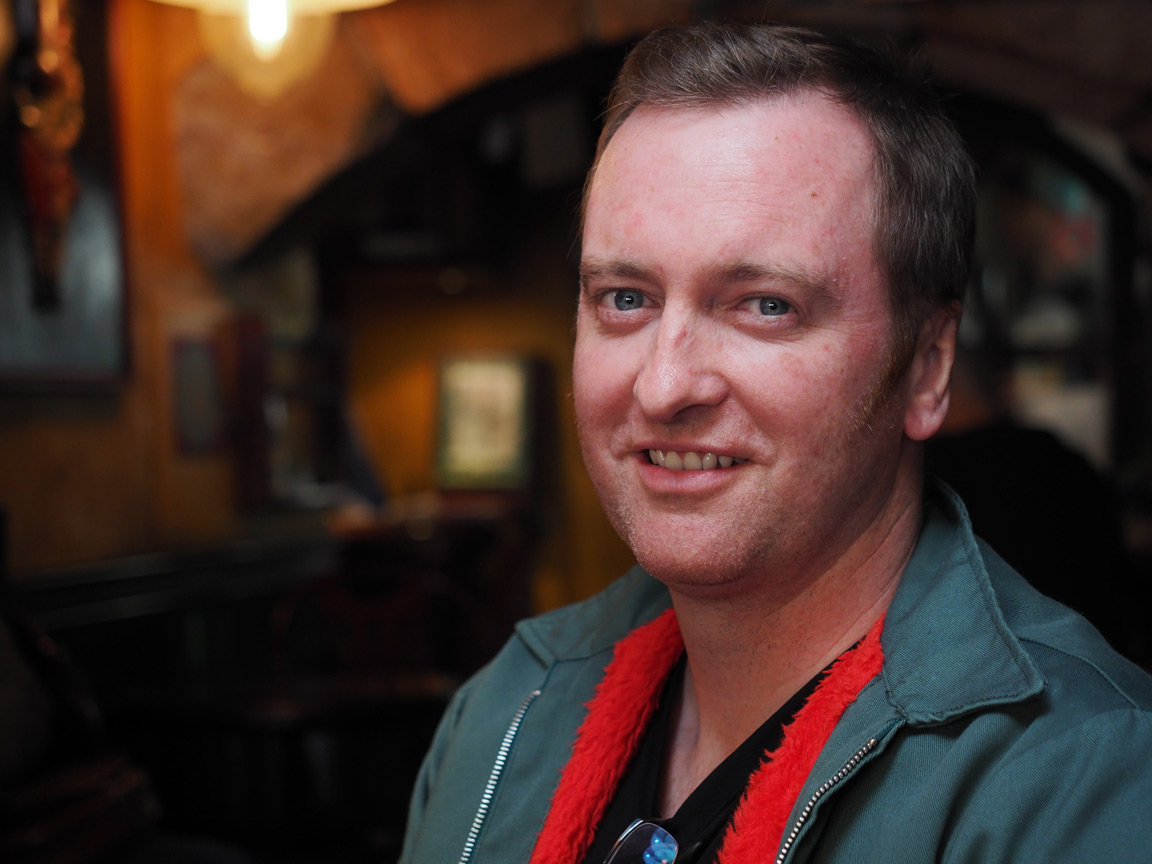
[/column]
[/row]
Interview with Noel Cleary
Career development in Australia and Japan
Animationweek (AW): How did you start your career in the animation industry and get the chance to become a director?
Noel Cleary (NC): When I was 19, after two years of art school, I got a job at a small animation studio where I worked for a year doing animation, editing, some photoshop work. At that time Walt Disney Studios in Australia were looking for trainees, so I applied. It took about a year involving four interviews and a couple of tests to get accepted.
I started from the bottom as an inbetweener and an assistant, and then became an animator after about two years. I worked on several tv shows and films as a traditional animator, and was a character lead on three films. I ran the animation training program as well for a couple of years which was fun.
In 2006 Disney Australia closed, so I moved to Tokyo with my wife who is Japanese, and also an animator. We worked in a small game studio in Tokyo for about a year, and then my friend Alexs Stadermann asked me to return to Sydney to work as a story artist at Animal Logic, for the film Legend Of The Guardians (2010).
When Animal Logic found out we were traditional animators, they offered to train us to work in CG. So I animated on Guardians, and a few other inhouse projects as well as storyboarding. I enjoyed animating in CG as it is technically quite a different approach to traditional animation, but relies on most of the same skillsets and principles. After a few years at Animal I was offered the role of Animation Director in their TVC department.
Around 2012 Flying Bark offered me a co-director role on the TV series Tashi with Mark Wasik, a fun project that ran for two years. After that, I was a co-director on Blinky Bill, and now have just started directing Maya The Bee 2.
The Maya the Bee franchise
AW: How did the first film project of Maya the Bee start, and how was the project of the film sequel decided?
NC: Originally, there was a hand-drawn TV series of Maya the Bee (1975), and then a CG TV series of Maya the Bee was released in 2012. Alexs Stadermann directed the first Maya the Bee (2014) film, which is an origin story for Maya. The film starts with her being born, and focuses on her experiences in the world of the meadow, discovering who she is and what is her role in that world.
The first film and TV series have been quite successful, so the idea of making another film came up. For the sequel we looked at where Maya has come from in her journey from the first film. She’s discovered herself and her place in the meadow, so we thought it would be great to take her to a new meadow, and meet other characters that perhaps don’t get on with her very well. For Maya it’s the first time she’s encountered other kids who don’t like her. It’s similar to young children when they go to school for the first time. At home with their family everybody is loving and supportive, but when you go to school, some kids just don’t like you. Then you have to figure out how you deal with that and how you grow through that. Maya’s journey in this film follows similar themes.
AW: What kind of things are important for you when you took over the directing role after Alexs?
NC: What I love about the first film is that it has a very nice blend of American-style humour and gags, with some more whimsical Miyazaki-type of moments. My Neighbor Totoro (1988) was a big influence on the first Maya film, especially Mei the little girl, how she’s so fun and free like a real child. She was an inspiration for Maya’s behaviour, as Maya’s defining character is being a free spirit and wanting to explore the world.
For me, that’s a really important part of the story and of that character. What we wanted to see with the second film is taking that free-spirited character and have her get drawn into a rivalry against another little girl, seeing how they don’t get along and seeing how Maya has to process these new experiences and emotions. So with that, how would the story evolve?
The initial idea for the second film came from a combination of some of Alexs’ original ideas, and collaboration work with Alexs, Fin Edquist, Serg Delfino, myself and our producers from Flying Bark Productions and Studio 100 Media. Fin is the writer of both Maya films, and Alexs is my co-director on Maya 2. So the story evolved through a collaborative process.
[row][column size='1/2']
[caption id="attachment_5825" align="aligncenter" width="1200"]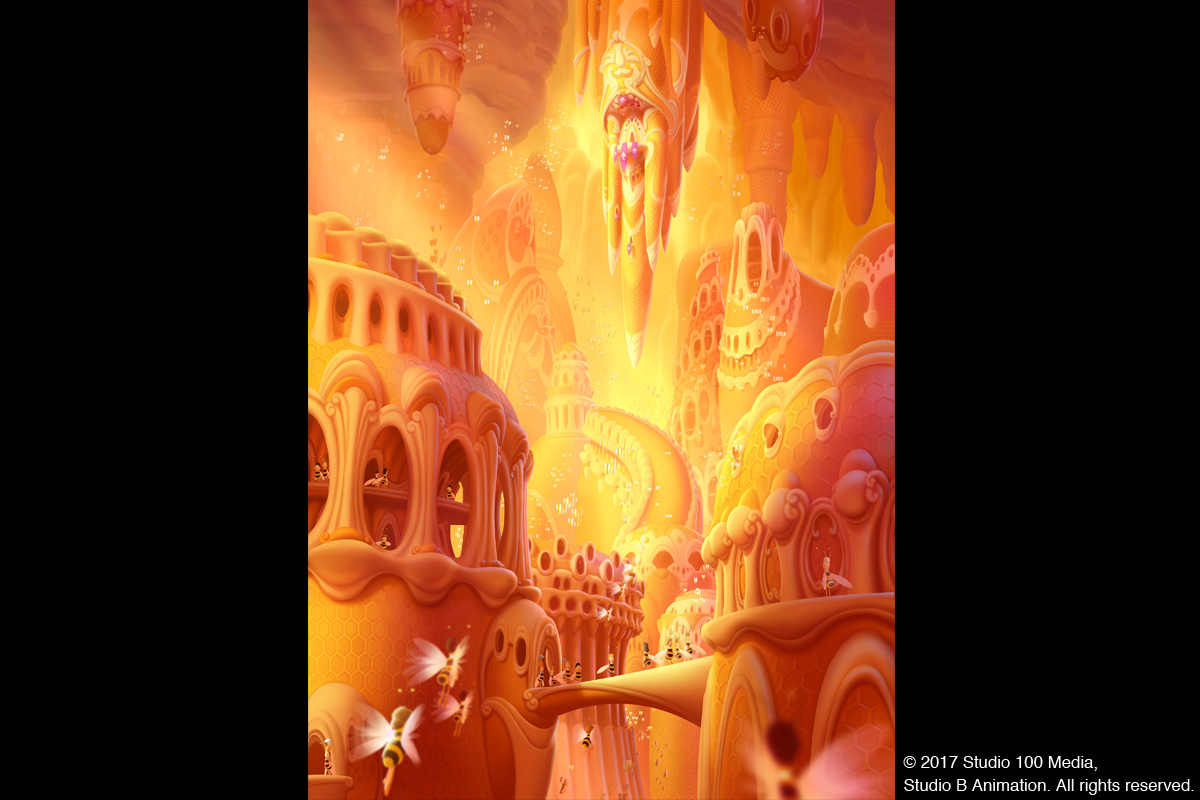 ©2017 Studio 100 Media, Studio B Animation. All rights reserved.[/caption]
©2017 Studio 100 Media, Studio B Animation. All rights reserved.[/caption]
[/column]
[column size='1/2']
[caption id="attachment_5826" align="aligncenter" width="1200"]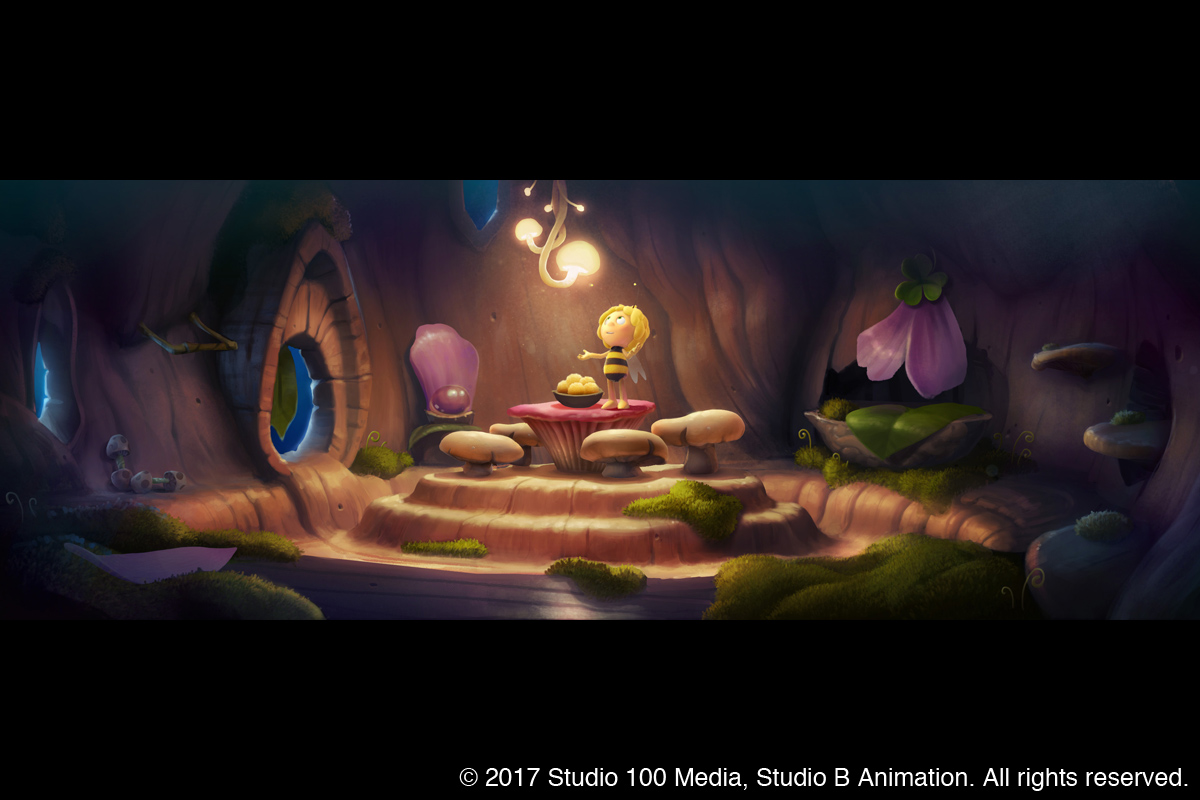 ©2017 Studio 100 Media, Studio B Animation. All rights reserved.[/caption]
©2017 Studio 100 Media, Studio B Animation. All rights reserved.[/caption]
[/column]
[/row]
Challenges
AW: What kind of difficulties have you met since the start of the project?
NC: Number one would be attracting good talent. At the moment there’s so many films being made world-wide, it’s difficult to find the right fit with all of the crew. Our co-production partner in Germany is Studio 100, so we need to meet certain requirements with regards to the work split. I think the biggest challenge is finding people who are really passionate about the work, but also available in Australia and Germany.
AW: You started your career in traditional 2D animation. Now you are making a 3D animated film. Were there any difficulties in transitioning from 2D to 3D?
NC: Yes, it was quite difficult at first. The core fundamentals of animation are the same, but execution is different and that took a bit of getting used to. In traditional animation, you are really focused on line of action and getting a clean silhouette with the body in your drawings, whereas with a CG model, you won’t necessarily get those clean silhouettes and have to work within the boundaries of the rig to get the best performance and silhouettes. In that way it feels closer to using a puppet, compared to 2D which relies on your drafting skills. So that took a while to change my way of thinking, but after a couple of months I was really enjoying it. Both have the same goal though which is to produce an emotive and entertaining performance.
AW: Is there anything that you particularly care for in the movements and expressions of characters?
NC: Every main character in the film needs to have a distinctive way of moving, a distinctive voice, a unique way of speaking and mannerisms. Even from early story stage, we think about how they would talk to each other, what is their word choice and so on. The voices need to have differences in delivery so it’s very clear to the audience. From that, we continue thinking “Okay, how do we evolve this character? Are they proud? Are they shy? etc” Looking at their personality types will help you understand how they should move.
AW: Did you find any new challenges in the film, that you haven’t tried in your career?
NC: I would say being much more involved in the story process from a very early stage. Designing the world, the new characters, and having a lot of input on those things has been new for me. I really enjoy it. My roles before directing were as a story artist and animator, so my focus has always been on performance and emotion. To have to balance that with things like design, story structure, final look of the imagery, it’s new for me and I really enjoy it.
Message to the Audience
AW: What kind of message would you like to deliver to your audience through Maya the Bee 2?
NC: I think it’s important for children to see stories where a character they can empathise with struggles, and eventually overcomes their obstacles, to help them think of ways to do this in their own experiences.
Maya, who is a free spirit, charming and pure, goes on a journey where she is challenged by the behaviour of the characters around her, and learns by experiencing unfamiliar emotions and from her mistakes. I think it’s enjoyable for an audience to see a character go through these kinds of situations and learn how to grow and deal with them. Most importantly though, I hope they enjoy the film and feel that it’s fun and entertaining.



